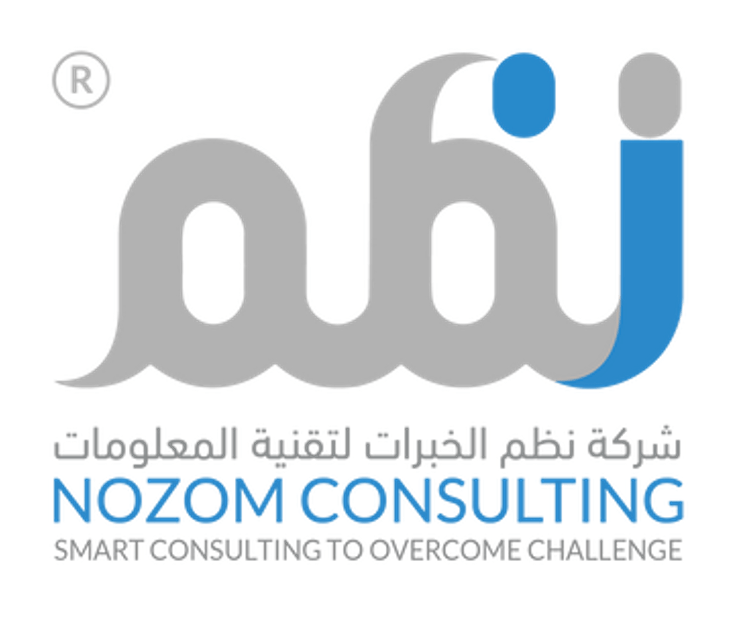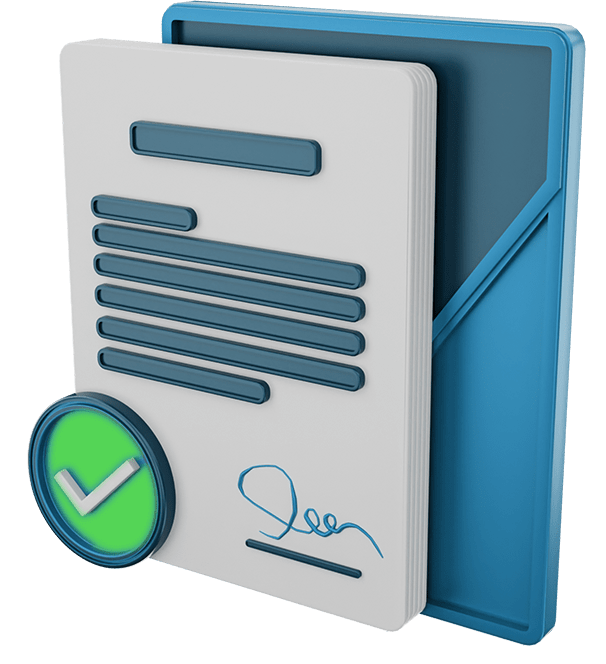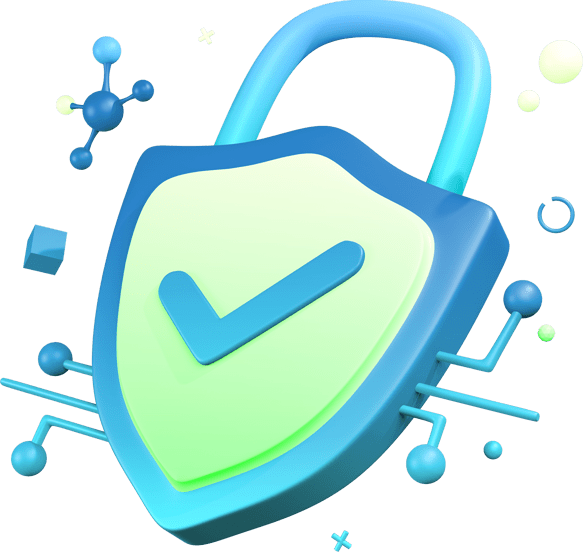Crisis Simulation & Wargaming
Turn uncertainty into practiced action. Rehearse hard choices, expose weak spots, and strengthen coordination, before the next crisis arrives.
Why It Matters
Rare, high-impact events are difficult to study with reports alone. Simulation and wargaming create a safe but realistic space to practice choices, test assumptions, and learn from outcomes. Anchored to ISO 22301, Modern programs treat games as analytic tools, capturing data about decisions, timing, and effects, so lessons translate into policy, operations, and technology improvements. Compared with static case studies, tabletops ask “what if?” and build muscle memory under pressure. Dynamic injects and live control increase realism without full-scale disruption.
How We Build Crisis Simulation & Wargaming
- Objectives & Audience: Clear goals for decision practice and learning, with the right mix of business, technical, legal, and communications roles around the table.
- Scenario Design & Assumptions: Realistic, branching situations built around likely threats and tough trade-offs, so choices have visible consequences and timing matters.
- Dynamic Control & Injects: A “control” team sets pace, adds new information, and updates the shared picture while decisions and timings are logged for later review.
- Resilience Index: Scenario-based scoring across decision speed and quality, escalation and communications effectiveness, control performance, and recovery outcomes. Turning exercise data into prioritized fixes and a measurable rise in readiness.
- Formats That Fit: Discussion tabletops for fast learning; functional walk-throughs to validate handoffs and tools; adversarial play when competitive pressure is needed.
- After-Action Analysis: A short, evidence-based review that captures what happened, where delays or gaps appeared, and which updates to make to plans and training.
- Enterprise & Partner Involvement: Options to include suppliers and public partners, linking results to continuity, response, and communications programs for broader readiness.
What You Get
- Decision advantage: Leaders practice hard trade-offs with imperfect information; timing and rationale are measured, not guessed.
- Cross-functional coordination: Business, technical, legal, and communications roles align under stress; handoffs and escalation paths are proven.
- Realism without disruption: Dynamic, software-controlled injects and time compression deliver pressure and insight without shutting down operations.
- Enduring readiness: A repeatable cycle of design, exercise, analysis, and improvement, reinforced by scheduled refreshers and leadership rotations.
Also Available from Nozom Consulting
- Business Continuity Management
- Real-time Response
- 24/7 Monitoring










